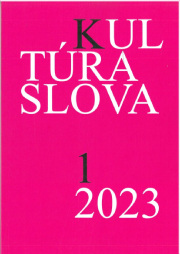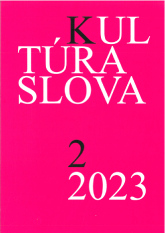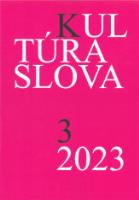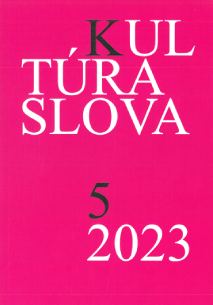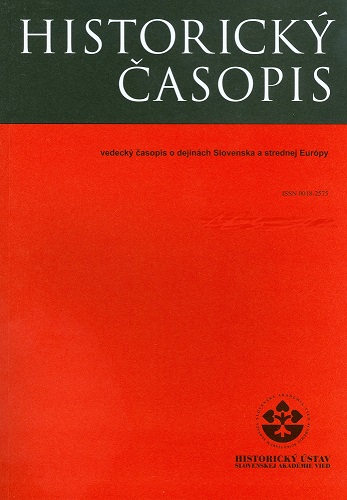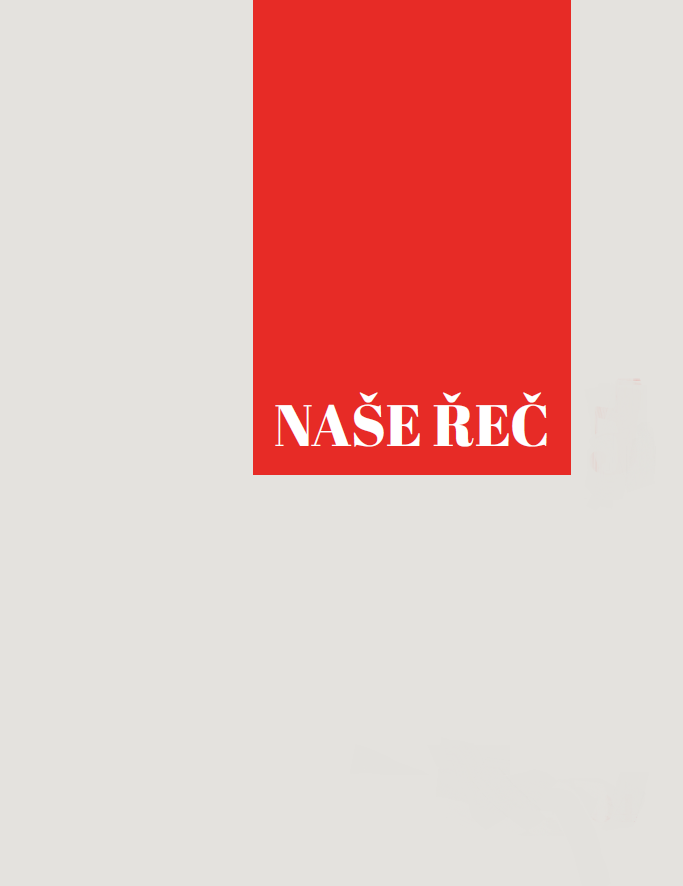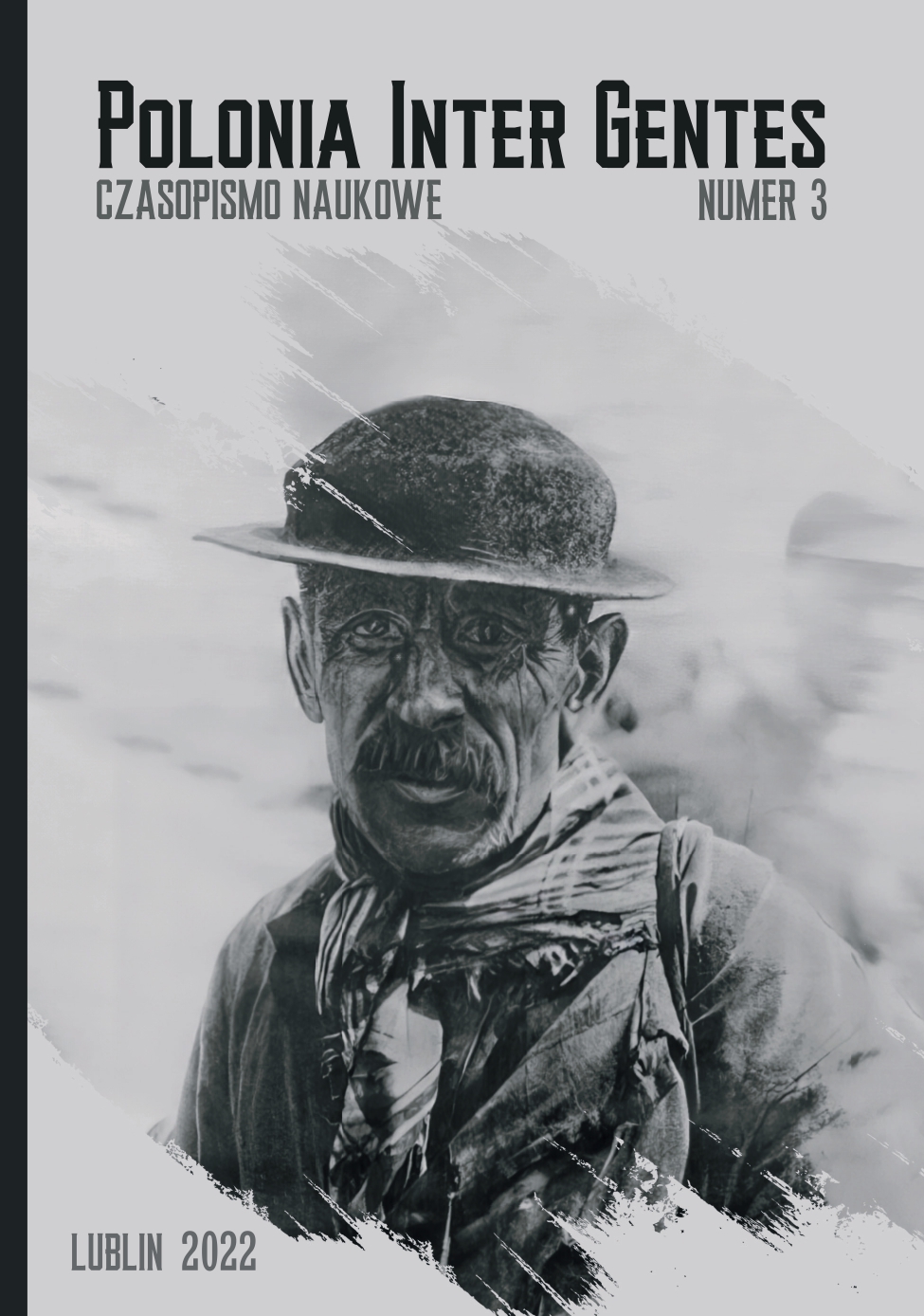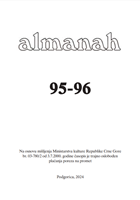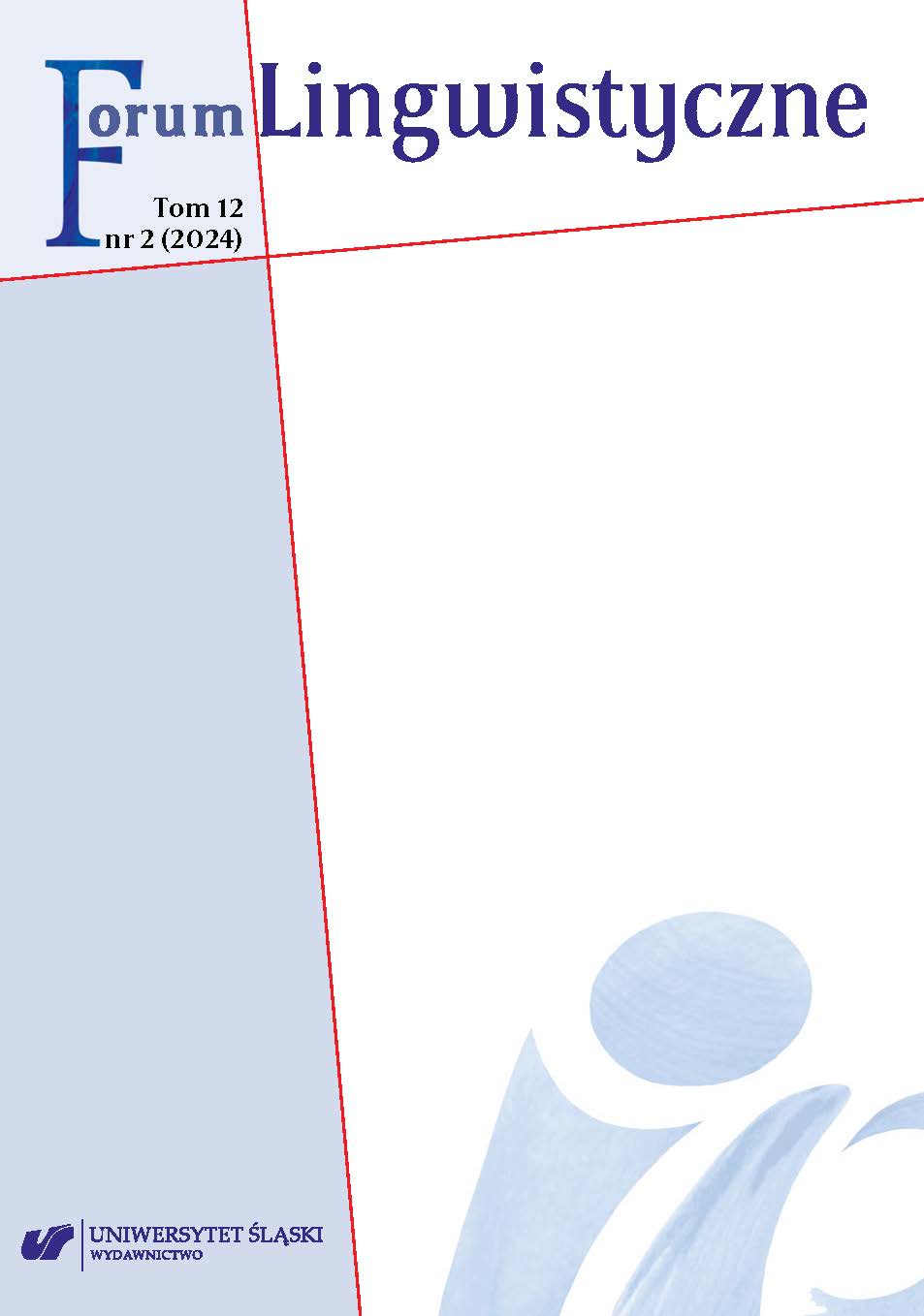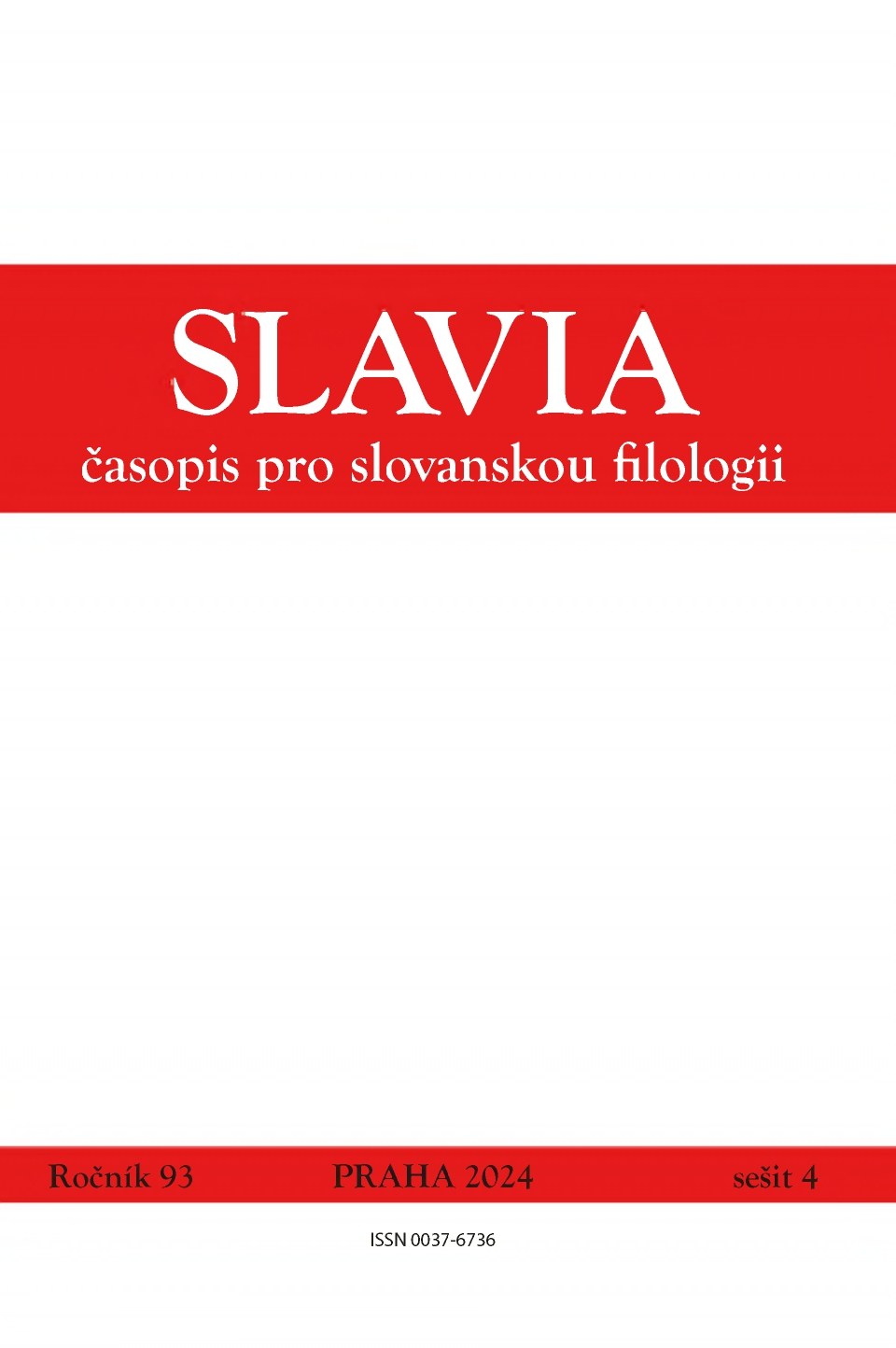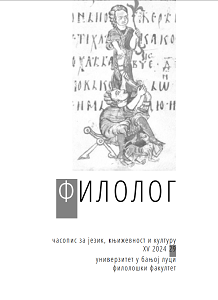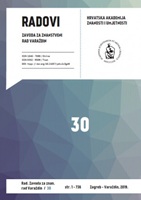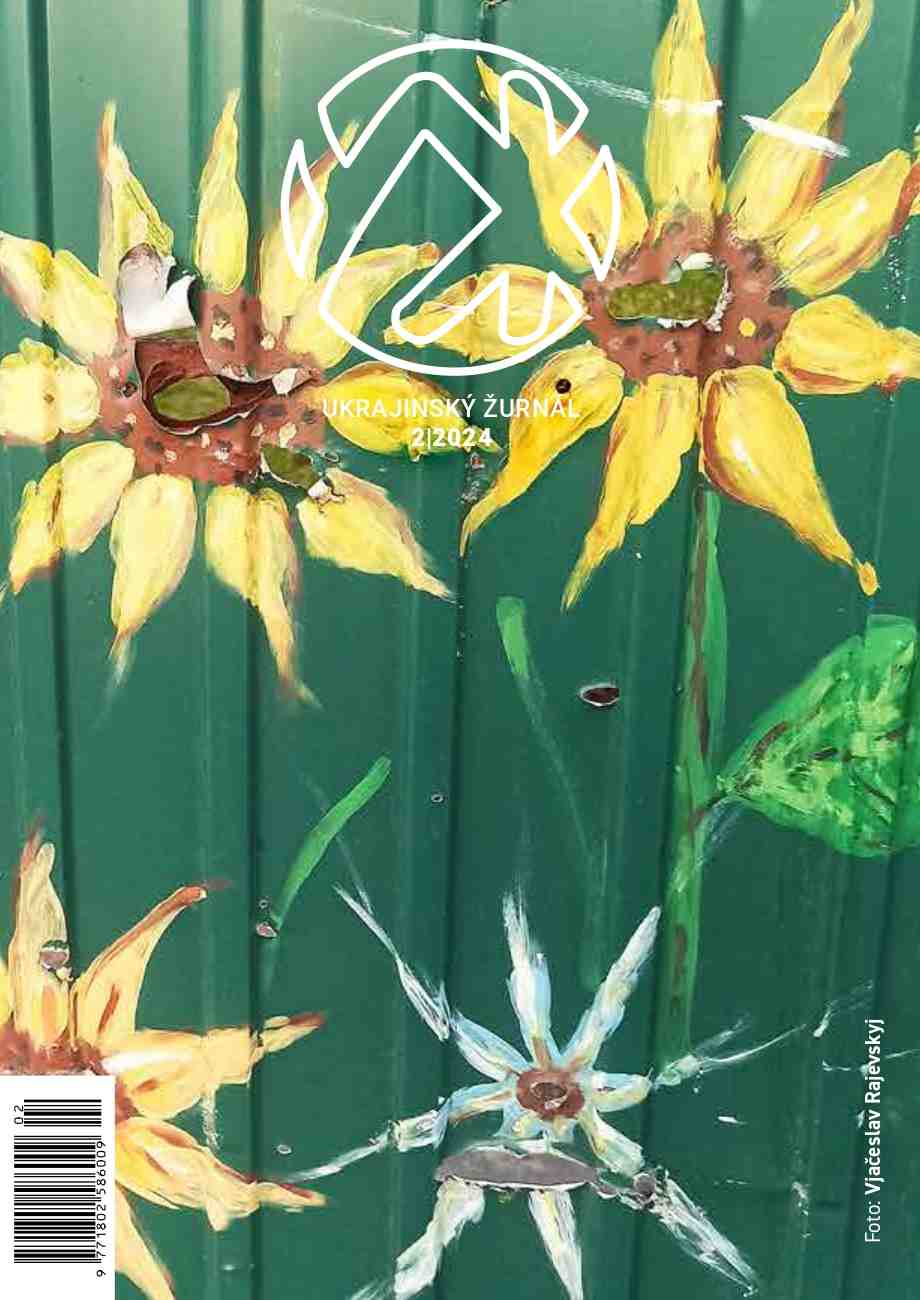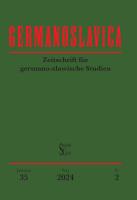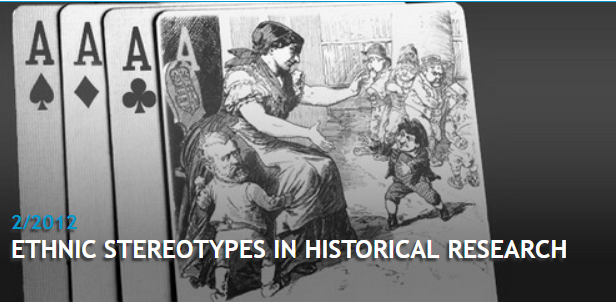
„Stav zemiansky národa slovenského” Uhorská šľachta slovenského pôvodu
In Slovak and Hungarian historiography and in the public opinions of the both nations as well, there is an extended image that in the Kingdom of Hungary before 1918 having Slovak identity and being a member of the nobility represented two opposing concepts about two irreconcilable social groups. Another widespread concept is that Slovaks were not a complete society within the Kingdom of Hungary as they lacked the nobility of Slovak origin. The aristocracy of Slovak origin (with Slovak as their mother language), had a distinguished position in the Kingdom of Hungary until the end of 1870s. Some members of the nobility of Slovak origin could be found in Hungary even in the interwar period.In the study the author argues that it is important to pay a special attention to the issue of the mother language when conducting research into particular aristocratic families whose several generations lived in the North of a Slovak-Hungarian language border. "A Slovak nobleman" is an unknown and contradictory phenomenon only from the point of view of the 21st century. The changes in ethnic identity cannot be perceived as breaking identity or being hypocritical. The fluid identities were a common matter in the Kingdom of Hungary. The biggest challenge for the study of the nobility, which has started recently, will probably be not to perceive noblemen on the basis of their ethnicity as Slovaks and Hungarians, but we should examine their features from complex perspective.
More...
